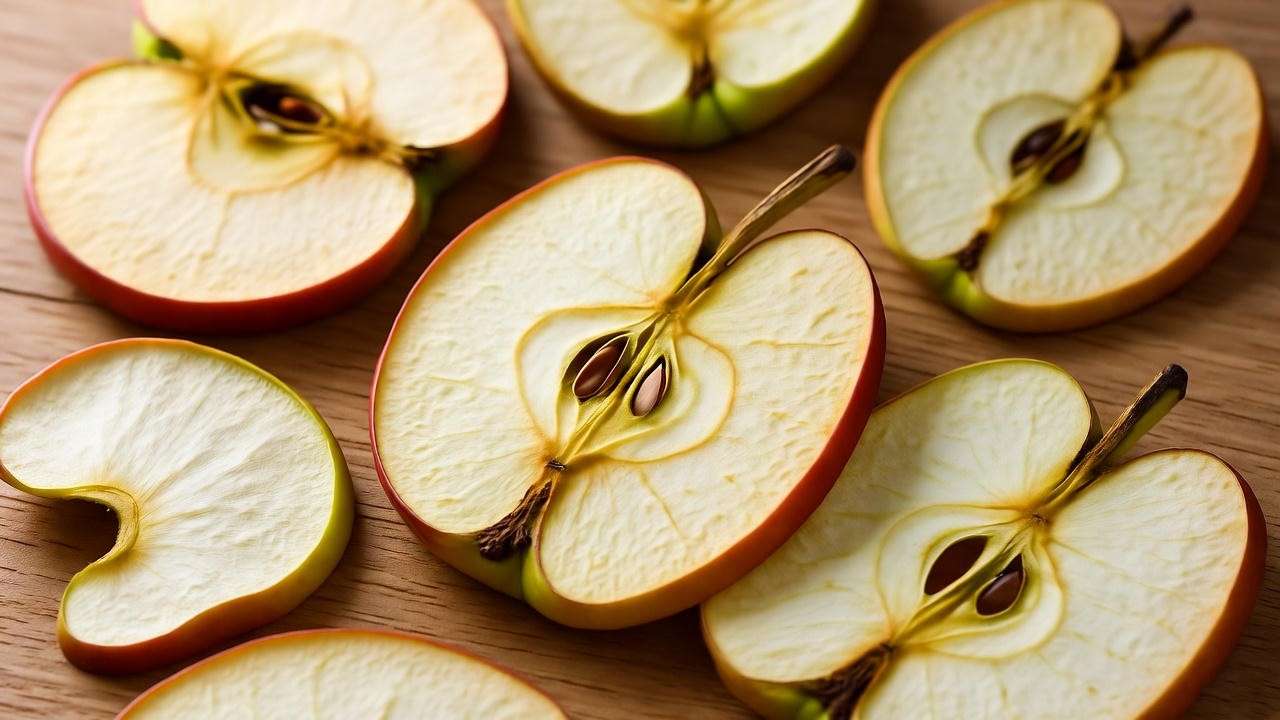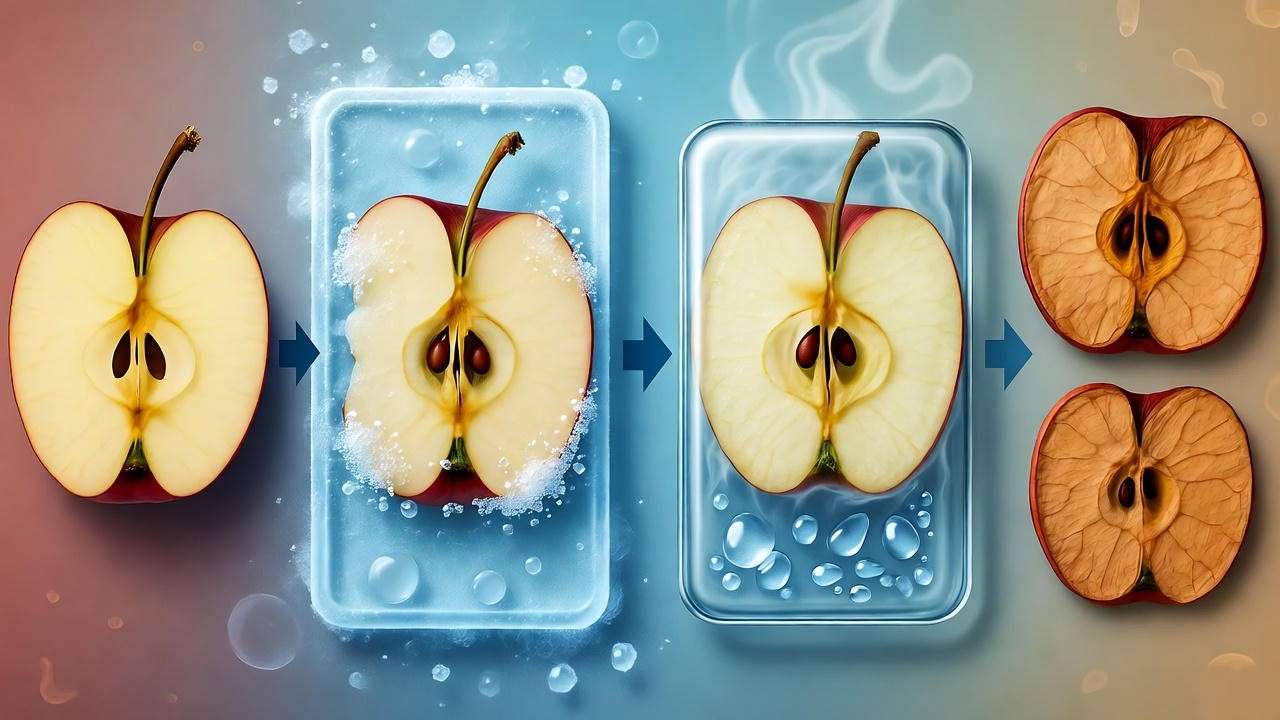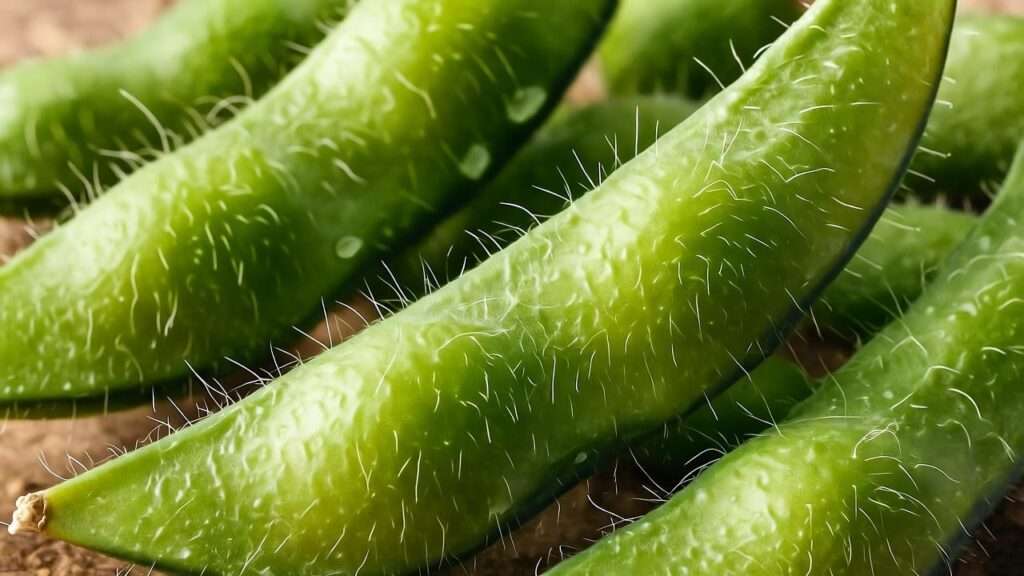Imagine having a snack that is nutrient-packed, shelf-stable, and incredibly versatile, yet still tastes like fresh apples. Enter freeze dried apples, a plant-based powerhouse that’s taking healthy snacking to the next level. For anyone following a plant-based diet, finding convenient, nutrient-dense snacks can be a challenge — especially when you want something that satisfies your sweet tooth without processed sugars or artificial additives.
In this ultimate guide, we’ll dive deep into everything you need to know about freeze-dried apples: from their nutritional benefits and culinary uses to buying tips, DIY preparation, and expert advice. By the end of this article, you’ll understand why freeze-dried apples deserve a spot in your pantry and how they can elevate your plant-based lifestyle.
What Are Freeze Dried Apples?

The Freeze-Drying Process Explained
Freeze-drying is a state-of-the-art preservation technique that removes moisture from apples while keeping their structure, flavor, and nutrients intact. Unlike traditional drying methods, which rely on heat, freeze-drying involves three critical steps:
-
Freezing: Fresh apples are quickly frozen to lock in their nutrients.
-
Primary Drying (Sublimation): Under low pressure, ice in the apples turns directly into vapor without melting, removing nearly all water content.
-
Secondary Drying: Any remaining moisture is gently removed to achieve a crisp, lightweight texture.

This method preserves not only the taste and color of the fruit but also most of its nutritional value, making freeze-dried apples a superior option compared to other dried fruits.
Nutritional Profile of Freeze-Dried Apples
One of the most compelling reasons to choose freeze-dried apples is their rich nutritional content. Each serving is packed with:
-
Dietary fiber: Supports healthy digestion and promotes a feeling of fullness.
-
Vitamin C: Boosts immunity and acts as a powerful antioxidant.
-
Polyphenols and flavonoids: Natural compounds that help combat oxidative stress and inflammation.
-
Low calories: Making it ideal for weight-conscious plant-based eaters.
Unlike some dried fruits that require added sugar or preservatives, freeze-dried apples maintain their natural sweetness and nutrition, making them a guilt-free, on-the-go snack.
Differences Between Freeze-Dried and Regular Dried Apples
While both freeze-dried and traditionally dried apples are popular, they differ in key ways:
| Feature | Freeze-Dried Apples | Regular Dried Apples |
|---|---|---|
| Texture | Light, crisp, airy | Chewy or leathery |
| Flavor | Intensely sweet, natural | Slightly caramelized, sometimes tangy |
| Nutrient Retention | High | Moderate (some heat-sensitive nutrients lost) |
| Shelf Life | 10–15 years when stored properly | 6–12 months |
| Additives | Usually none | Often contains sugar or preservatives |
These distinctions make freeze-dried apples particularly appealing for plant-based diets, as they offer convenience, taste, and maximum nutritional value without added sugars.
Health Benefits of Freeze Dried Apples in a Plant-Based Diet
Rich Source of Fiber and Antioxidants
Fiber is a cornerstone of a plant-based diet, and freeze-dried apples are naturally high in dietary fiber. Regular consumption can:
-
Help lower cholesterol levels and reduce cardiovascular risk.
-
Stabilize blood sugar levels, making them a smart snack for those monitoring glucose.
In addition, the antioxidants in freeze-dried apples, including flavonoids and polyphenols, protect cells from oxidative stress and inflammation — two key contributors to chronic disease.
Convenient and Long-Lasting Healthy Snack

For busy individuals, plant-based or not, convenience is crucial. Freeze-dried apples are lightweight, non-perishable, and easy to carry, making them perfect for:
-
Work or school snacks
-
Hiking, travel, or outdoor adventures
-
Meal prep for weekly plant-based recipes
This convenience, combined with their nutritional density, makes them an ideal alternative to processed snacks like chips or candy.
Supports Weight Management and Satiety
The fiber in freeze-dried apples slows digestion and promotes fullness, helping control hunger and reduce overeating. Unlike sugary processed snacks, which can trigger rapid spikes and crashes in blood sugar, freeze-dried apples provide steady, natural energy, supporting weight management and healthy eating habits.
Expert Insight
Nutritionists and plant-based diet experts increasingly recommend incorporating freeze-dried fruits as a practical way to boost fruit intake without compromising convenience or nutrition. According to registered dietitian Jane Thompson, “Freeze-dried apples are a fantastic option for plant-based eaters. They retain most of the nutrients of fresh apples while offering a crunchy, satisfying texture that makes snacking enjoyable and sustainable.”
How to Incorporate Freeze Dried Apples into Your Plant-Based Diet
Quick Snacking Ideas
Freeze-dried apples are incredibly versatile. Here are some easy ways to enjoy them as a snack:
-
Toss into a trail mix with nuts and seeds for a crunchy, nutrient-packed snack.
-
Spread nut butter on top for protein-rich, fiber-filled bites.
-
Eat them plain, straight from the bag, for a guilt-free treat.
Breakfast and Smoothie Recipes

Incorporating freeze-dried apples into breakfast is an easy way to boost fruit intake:
-
Smoothie bowls: Blend freeze-dried apples with plant-based milk, banana, and spinach.
-
Overnight oats: Add crushed freeze-dried apples for natural sweetness.
-
Chia pudding: Sprinkle freeze-dried apple pieces for texture and flavor.
Baking and Cooking Uses
Freeze-dried apples can also elevate plant-based desserts and baked goods:
-
Fold into muffins, granola bars, or pancakes for added sweetness and nutrition.
-
Rehydrate and use in apple compotes, pies, or sauces without added sugar.
Creative Meal Prep Tips
-
Portion control: Pre-portion into snack-size bags to avoid overeating.
-
Storage: Keep in airtight containers to maintain crispness.
-
Pairing: Combine with seeds, nuts, or other freeze-dried fruits for flavor and nutrient variety.
Buying and Storing Freeze Dried Apples
What to Look for When Buying
When purchasing freeze-dried apples, quality matters. Here are key factors to consider:
-
Organic vs. Non-Organic: Organic options reduce exposure to pesticides, which aligns well with a clean, plant-based diet.
-
Additives and Sugar: Choose products with 100% apples and no added sugar, preservatives, or artificial flavors.
-
Apple Variety: Different varieties (Honeycrisp, Fuji, Gala) provide subtle differences in sweetness and texture.
-
Brand Reputation: Look for trusted brands that disclose sourcing and processing methods to ensure transparency and quality.
Shelf Life and Storage Tips
One of the major advantages of freeze-dried apples is their long shelf life. Proper storage ensures they remain fresh and crispy:
-
Airtight Containers: Use vacuum-sealed bags or airtight jars.
-
Cool, Dark Location: Avoid exposure to heat, light, and humidity.
-
Avoid Moisture: Any contact with water can cause spoilage or loss of crispness.
-
Shelf Life Expectancy: When stored correctly, freeze-dried apples can last up to 10–15 years, though flavor is best within the first few years.
Cost Comparison
Freeze-dried apples are more expensive than fresh or traditionally dried apples, but they offer unmatched convenience, nutrient retention, and shelf life. Consider them an investment in long-term plant-based nutrition and snacking ease.
DIY Freeze-Dried Apples at Home
For plant-based enthusiasts who enjoy hands-on food prep, making freeze-dried apples at home is possible with the right equipment.
Equipment Needed
-
Home Freeze-Dryer: The most reliable method for true freeze-drying.
-
Alternative Methods: Though less precise, some use ovens or dehydrators at low temperatures, but nutrient retention and texture may vary.
Step-by-Step Instructions

-
Select Apples: Choose ripe, firm apples without bruises.
-
Wash and Slice: Wash thoroughly and slice into even, thin pieces for uniform drying.
-
Pre-Freeze: Place slices on a tray and freeze for several hours.
-
Freeze-Dry: Use the freeze-dryer according to manufacturer instructions.
-
Store: Place finished apples in airtight containers immediately to preserve crispness.
Safety and Best Practices
-
Ensure slices are completely dry before storage.
-
Avoid high humidity areas; moisture can compromise shelf life.
-
Regularly check containers for any signs of moisture or mold.
Expert Tips for Maximizing the Benefits of Freeze-Dried Apples
-
Choose the Right Variety: Sweet varieties like Fuji or Honeycrisp work best for snacking, while tart varieties like Granny Smith are great for cooking.
-
Combine with Other Superfoods: Mix with nuts, seeds, or other freeze-dried fruits for balanced nutrition.
-
Snack Smart: Use as a sugar-free alternative to chips or candy to satisfy cravings without impacting blood sugar.
-
Portion Control: Freeze-dried apples are calorie-dense by weight; pre-portion to avoid overeating.
Common Myths and Misconceptions
Myth 1: Freeze-Dried Apples Are Less Healthy Than Fresh Apples
Reality: Freeze-dried apples retain most vitamins, minerals, and antioxidants. Fiber is preserved, and natural sugars remain intact.
Myth 2: They Are High in Sugar
Reality: Freeze-dried apples contain natural sugars only — no added sugar unless specified. They are a healthier alternative to processed snacks.
Myth 3: They Lose All Vitamins
Reality: Most nutrients, including vitamin C and polyphenols, remain stable in the freeze-drying process, making them nutritionally comparable to fresh apples.
Frequently Asked Questions (FAQ)
Q1: Can freeze-dried apples replace fresh apples in recipes?
Yes, they can be rehydrated in water or plant-based milk and used in baking, smoothies, or cooking.
Q2: Are freeze-dried apples safe for kids and pets?
Absolutely. They are naturally sweet, preservative-free, and nutrient-dense. However, supervise young children to avoid choking hazards due to their crisp texture.
Q3: Do freeze-dried apples cause bloating?
For most people, they are easily digestible. Eating in moderation with plenty of water prevents any digestive discomfort.
Q4: How many freeze-dried apples equal a serving of fruit?
A typical serving is around ½ cup of freeze-dried apple slices, which provides a similar nutrient profile to one medium fresh apple.
Conclusion
Freeze-dried apples are a game-changer for plant-based diets. They combine convenience, long shelf life, and nutrient density with a naturally sweet, crispy texture. From snacking and baking to smoothies and meal prep, these versatile apples make it easy to increase fruit intake, satisfy cravings, and maintain a healthy lifestyle.
By incorporating freeze-dried apples into your plant-based routine, you can enjoy delicious, nutrient-rich snacks anytime, anywhere. Start experimenting today and discover how this simple yet powerful addition can elevate your snacking habits and support your overall wellness.













